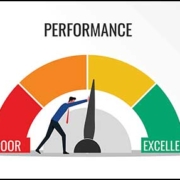Could a regular day of downtime make you more productive?
Could a regular day of downtime make you more productive?
Many UK adults spend an average of five hours a day looking at screens, sometimes more if they are at work.
However, a new event, called the Offline Club carried out a a 24-hour digital detox.
One participant, aged 33, had calculated that between working behind a desk all day and coming home to watch TV and “doomscroll” on social media, he can spend up to 14 hours a day looking at a screen.
The Offline Club held its first in-person “digital detox hangout” in Amsterdam in February. In the months since, the company has already expanded into Paris, Dubai and London.
Ilya Kneppelhout, the co-founder of the Offline Club, said people have been surprised at how just a few hours offline “made them feel so much less stressed and more connected to themselves and to others”.
Would a day free of screens refresh you and make you more productive?




